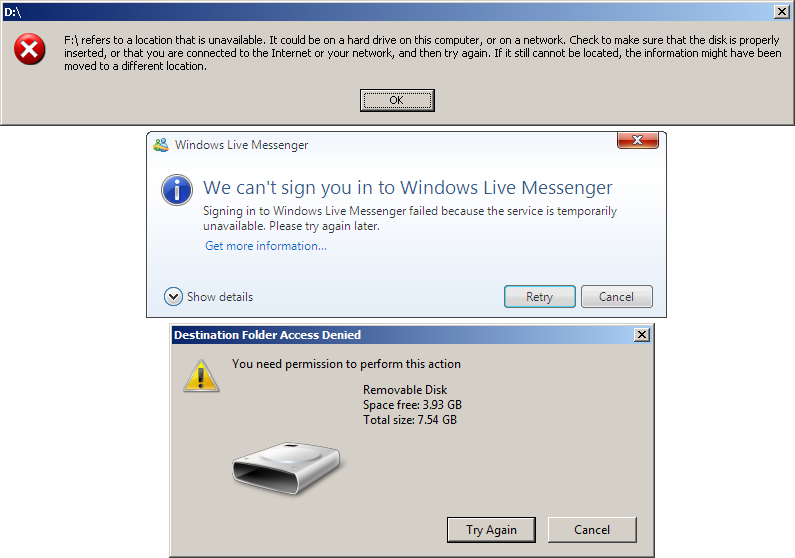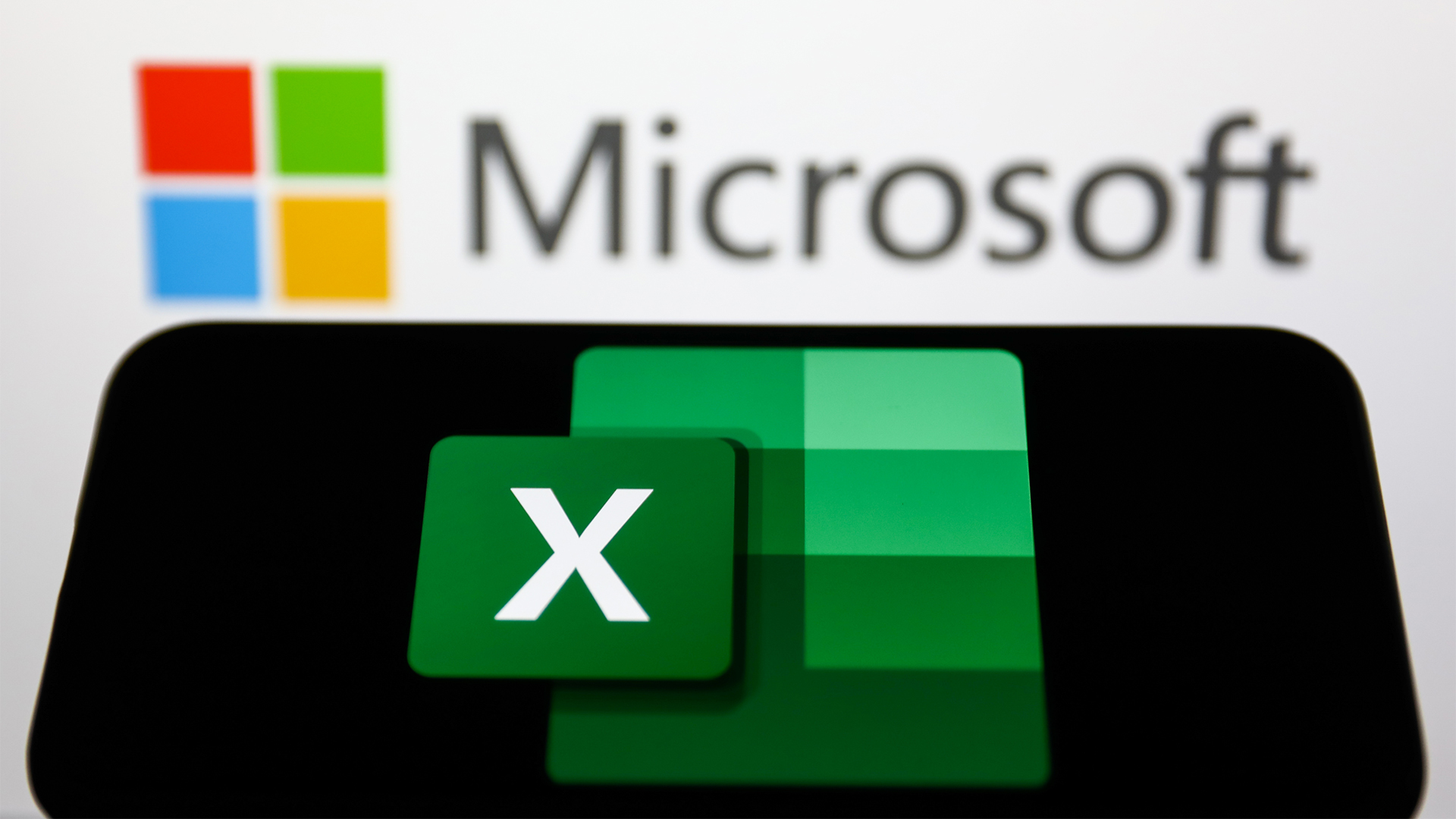DeviceLock 7 review
Accidental or deliberate data leakage is now a major security headache for businesses. Dave Mitchell takes a look at DeviceLock 7 to see if it plugs those holes that others leave behind.
DeviceLock provides some of the best controls for ensuring that sensitive data doesn’t get into the wrong hands. The new NetworkLock and ContentLock options are well worth considering as they add extra levels of security for protocols and applications but they are expensive for SMBs. We also think it’s about time DeviceLock simplified management by amalgamating all the different consoles into just one which would make it easier to use.

Network perimeter security is no longer enough to prevent data leakage as the enemy is probably already inside the gates. The number of communications methods and removable storage devices available to your users makes it all too easy to accidentally take sensitive data off premises or steal it.
We've always been impressed with DeviceLock's solution to this problem and this latest version adds stronger access security at the network protocol level. It also has greater content awareness allowing it to apply access policies based on file content as well as file type. This ContentLock feature works by recognising keywords and patterns within file contents.
At its foundation, DeviceLock provides controls for managing access to every conceivable workstation port and removable storage device. The latest iPads and iPhones are recognised so it can control data transfers between these types of devices and manage access to functions such as calendars, contacts and email.

These are some of the messages users will see if they try to access devices or services they do not have permission for.
DeviceLock 7 introduces the optional NetworkLock component which takes access control up to the network protocol level. For SMTP you can control connections to a mail server, the sending of emails and whether attachments are permitted.
HTTP policies determine whether you can post content to web forms, upload files to a web server or whether you are allowed any web browser access at all. For social networking sites you can control basic access, permit users to post comments and messages and allow or deny uploading content.
Installation on a Windows Server 2008 R2 64-bit system was easy enough, although DeviceLock really needs to integrate everything into a single console. At present, you have to juggle three different consoles. One works with the standard MMC console integrating with Active Directory so access policies can be enforced at the user and group level.
Sign up today and you will receive a free copy of our Future Focus 2025 report - the leading guidance on AI, cybersecurity and other IT challenges as per 700+ senior executives
Dave is an IT consultant and freelance journalist specialising in hands-on reviews of computer networking products covering all market sectors from small businesses to enterprises. Founder of Binary Testing Ltd – the UK’s premier independent network testing laboratory - Dave has over 45 years of experience in the IT industry.
Dave has produced many thousands of in-depth business networking product reviews from his lab which have been reproduced globally. Writing for ITPro and its sister title, PC Pro, he covers all areas of business IT infrastructure, including servers, storage, network security, data protection, cloud, infrastructure and services.
-
 Trump's AI executive order could leave US in a 'regulatory vacuum'
Trump's AI executive order could leave US in a 'regulatory vacuum'News Citing a "patchwork of 50 different regulatory regimes" and "ideological bias", President Trump wants rules to be set at a federal level
By Emma Woollacott Published
-
 Microsoft Excel is still alive and kicking at 40 – and it's surging in popularity as 82% of finance professionals report ‘emotional attachment’ to the spreadsheet software
Microsoft Excel is still alive and kicking at 40 – and it's surging in popularity as 82% of finance professionals report ‘emotional attachment’ to the spreadsheet softwareNews A recent survey found Gen Z and Millennial finance professionals have a strong “emotional attachment” to Microsoft Excel
By Emma Woollacott Published
-
 LastPass hit with ICO fine after 2022 data breach exposed 1.6 million users – here’s how the incident unfolded
LastPass hit with ICO fine after 2022 data breach exposed 1.6 million users – here’s how the incident unfoldedNews The impact of the LastPass breach was felt by customers as late as December 2024
By Emma Woollacott Published
